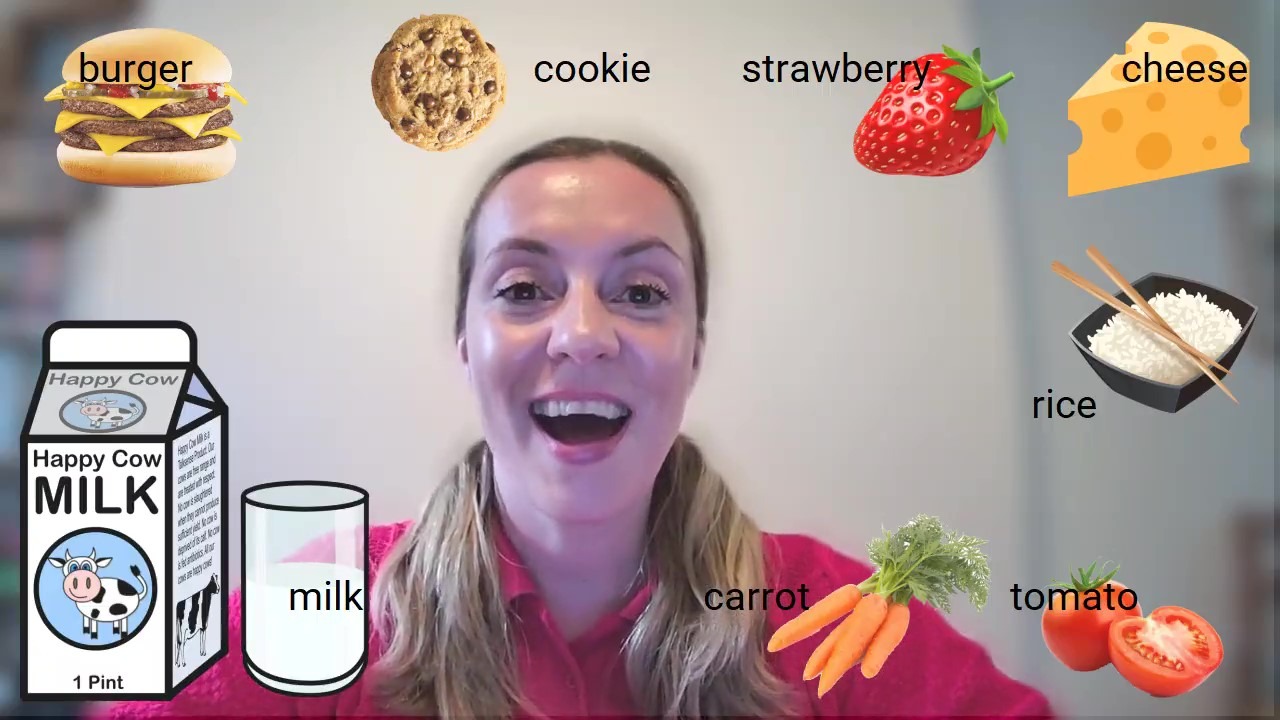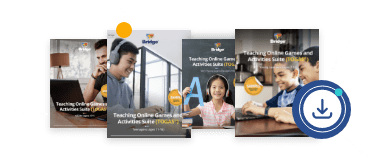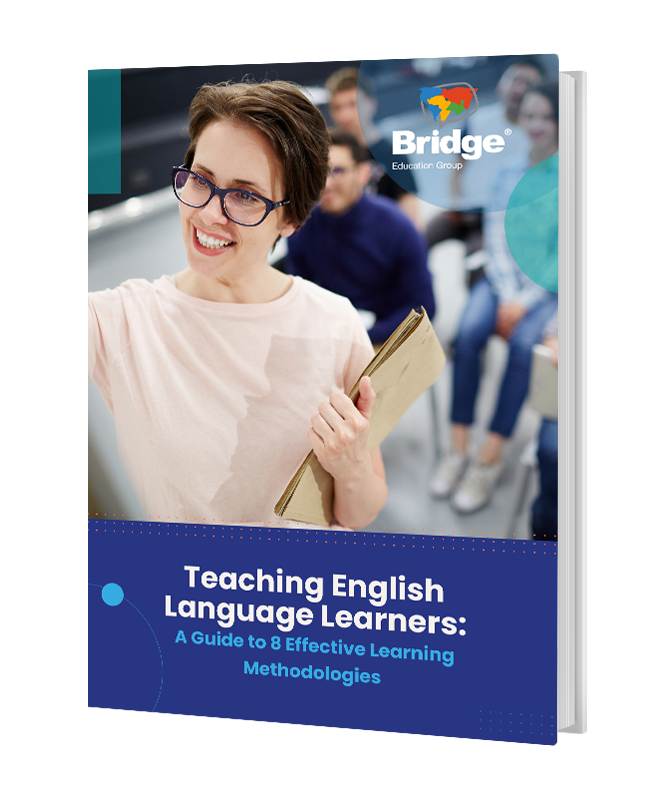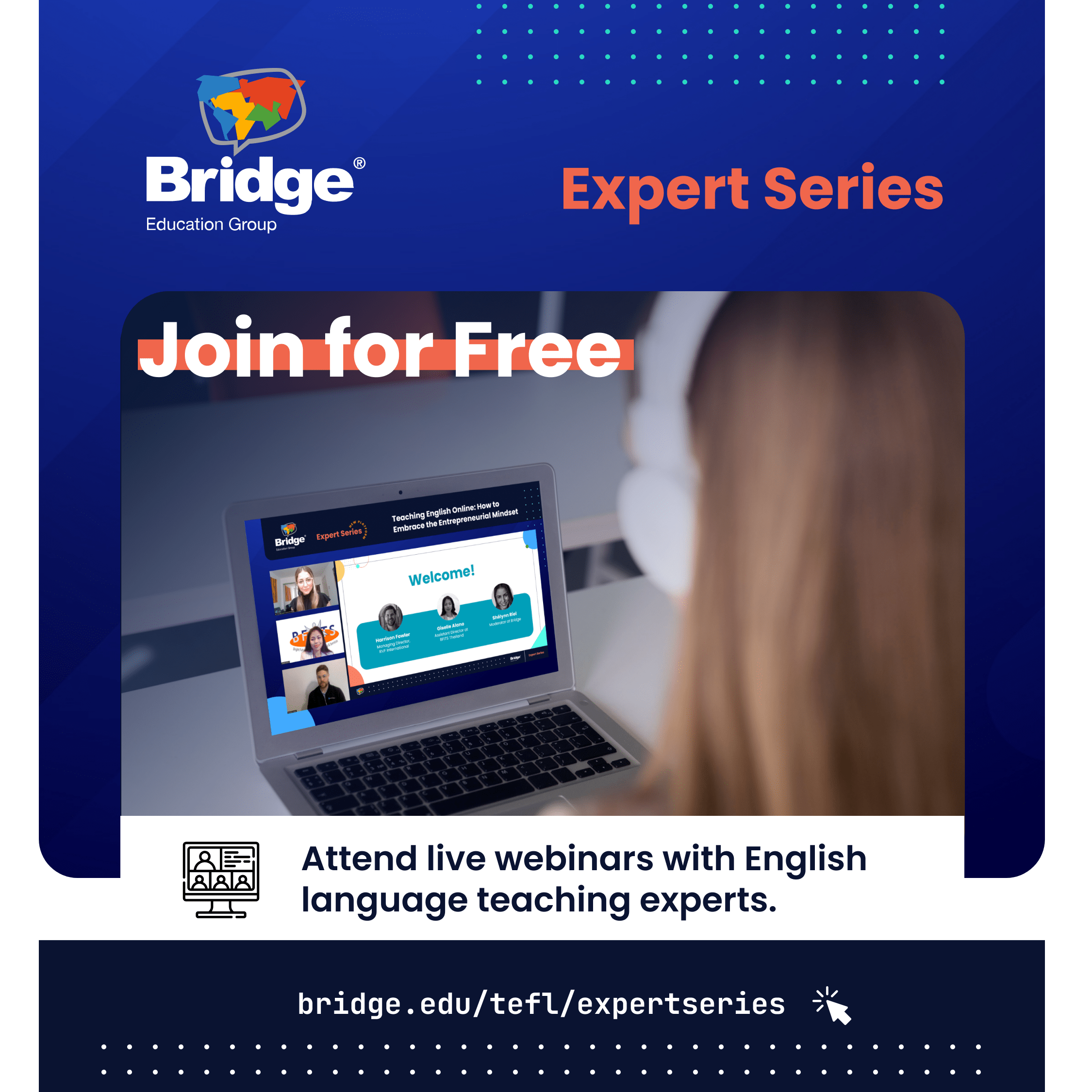Do your learners sometimes find it hard to relate to your class topics or make progress on their tasks? If so, you can tap into their unique personalities, interests, and skills to make them more engaged. Personalizing lessons gives you a chance not only to facilitate your students’ learning but also to spark their enthusiasm for the English language. If you feel clueless about creating custom courses, don’t worry! We’ve put together handy tips on how to personalize your English lessons for any type of learner.
If you’re new to teaching, you’ll want to get initial training and a qualification with a TEFL certificate. You can explore our online TEFL courses to get started!
What is personalized learning in the ESL/EFL classroom?
Students learn in a myriad of ways, but when they feel more connected to what they study, they can master skills more easily. Personalized learning asks teachers to consider learners’ interests, needs, strengths, and motivations when planning instruction. Instead of using a one-size-fits-all approach, a teacher selects tools and techniques that give a student – or, in some cases, a group of students – the best learning experience.
When you teach the English language, you can personalize classes in many ways, from selecting the most engaging topics to tailoring your grammar worksheets. Students with specific goals often prefer these individualized ESL courses. Some students who have taken group classes before may want to try methods that suit their own learning style more closely.
Nowadays, English teachers can also choose a niche or specialize in teaching a particular subject, such as Business English, IELTS preparation, or English pronunciation. Although these courses are customized by nature, teachers can still develop them further to meet students’ needs. When teaching Business English, for example, students can practice situations they may encounter on the job, like leading a marketing meeting or negotiating with corporate clients.
Why is personalized learning important?
You may be surprised by how much customizing your classes can positively impact your students. The following points highlight key benefits of personalizing your ESL lessons.

You can build rapport with your learners
When you show a video about your student’s favorite football team, you demonstrate that you care about their interests and want to connect with them personally. This effort helps you establish a strong relationship, which can make students feel more comfortable in class and less hesitant to share experiences and opinions.
Get tips for building rapport when teaching English online.
You can motivate your students
When you bring up travel topics in class, you may see an aspiring globetrotter’s eyes light up. Lessons that relate to learners on a personal level give the English language more significance in their lives, and students become eager to learn more.
Your learners will study more effectively
Some students memorize new vocabulary with flashcards, while others prefer to see words used in sentence examples. When you tailor materials, tasks, and activities to what works for an individual student—and avoid what does not—you help them develop English skills faster and reduce the frustration that often comes with learning a new language.
Learn about 8 ESL methodologies and get sample activities with the free guide to
Teaching English Learners: Popular ESL Learning Methodologies
downloadHow do you personalize learning in the ESL/EFL classroom?
Whether you teach a young learner, a teenager, or an adult, you can lead each student to success by designing custom lessons—and you can do so without difficulty. The following techniques show practical ways to tailor your ESL classes.
1. Conduct a needs analysis
Before you start a new English course, make sure you learn about your student’s background as well as their needs and goals. You can conduct this needs assessment through a short interview with your learner. In this conversation, remember to ask your student about their:
- Motives for learning English (What are their goals?)
- Prior English learning experiences (How long and where have they studied?)
- Current use of English (Do they speak English at work or home?)
- Strengths and weaknesses (Which skills do they need to improve?)
- Attitudes towards English (How do they feel when they study the language?)
Here’s a sample ESL/EFL needs analysis to get you started:
2. Understand your student’s preferred learning style
As you move through your English classes, you will gradually see how your student learns best. A visual learner assimilates topics through graphics, mind maps, videos, or similar materials. A logical learner prefers problem-solving activities, quizzes, and pattern analyses to reinforce new language.
Sometimes, gauging a student’s learning style begins with trial and error, although you can also ask your learner which kinds of activities they enjoy doing in class. Their preferences can guide your planning and help you choose effective tasks from the start.
Learn about the most popular ESL teaching methods.
3. Remember the details
Did your teenage student mention a love for rock music or pop culture? Do not let that detail go unnoticed. These moments tell you what your learners feel passionate about, what they want to discuss in class, and what might keep them more engaged during your lessons.
Throughout your course, students may share a plethora of information, so keeping brief notes helps. You do not need to rely on memory alone when you want to recall the friends, relatives, or stories they mentioned in previous conversations.
4. Choose topics aligned with the student’s goals
Once you discover why your learner wants to practice English, you can personalize your course by prioritizing themes and lessons that help them reach those goals. Goal-aligned planning keeps lessons relevant and increases motivation.
For instance, if your adult student wants to gain fluency for an important business trip, you can include lessons on travel vocabulary, formal expressions for meeting people, giving presentations, and other related topics. Your students may also struggle with specific concepts, so remember to place those items at the top of your study plan. If a student struggles with the present perfect tense, make sure you cover this topic and incorporate exercises and realistic situations that require frequent use of that grammar.
5. Use the most effective study materials
After you identify your student’s learning style, you can hand-pick and create the materials you will use in every class. For a visual learner, for example, you can teach with photos, infographics, memory games, and similarly engaging activities that reinforce target language.
When you decide on the most appropriate teaching resources, consider the specific skills your students want to improve. If your teenage learner wants to understand conversations in English, you can help them fine-tune listening skills through videos, podcasts, or songs.
Check out the following clip, from a BridgeUniverse Expert Series webinar, to learn more about developing dynamic materials for the ESL/EFL classroom:
6. Customize tasks and activities
When the grammar topic of your next lesson is the past simple tense, you can practice it by having your student talk about a recent vacation or the fondest memories of childhood. Personal topics turn abstract rules into meaningful communication.
Books, worksheets, and pre-made activities provide valuable support, but you should not hesitate to edit them to benefit your student. You should also check whether your learner has enough knowledge and ability to complete a task successfully. For instance, if you plan to practice with a dialogue, ensure that your student already knows the vocabulary they will encounter in the script.
7. Use digital tools
Finally, when you consider how to personalize your English lessons, you can enhance activities and the overall learning experience with digital tools. A wide range of online apps and software can support students with specific needs. The following examples show common options:
- Vocabulary tools (online dictionaries, flashcard makers)
- Pronunciation tools (AI-powered apps like ELSA Speak and Sensay)
- Content creation tools (platforms like Canva)
Online ESL teachers share their favorite tech tools.
Building customized lessons for your English learners involves getting to know them, grasping their struggles, and choosing the best path based on what matters most to them. When you apply these tips for how to personalize learning for ESL/EFL students, you make every class more meaningful and empower learners to become fluent in the English language.














